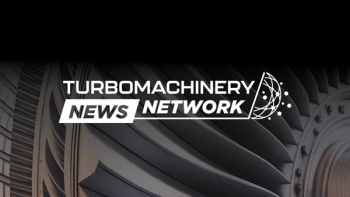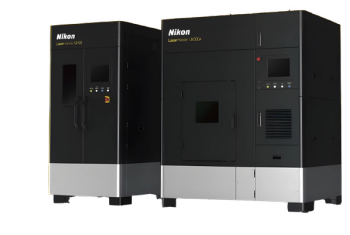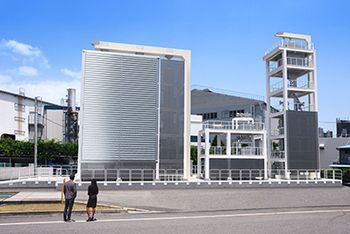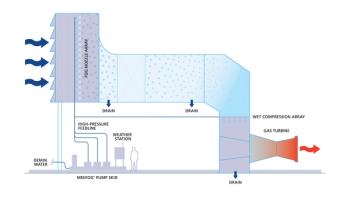
Panel Says AI Supports, Not Replaces Engineers in Gas Turbine Combustor Design
Turbo Expo panelists from Siemens Energy and GE Aerospace highlight the intersection of human expertise, computational power, and innovative AI techniques in advanced engineering design.
On Wednesday at Turbo Expo 2025 in Memphis, Tennessee, the technical session, The Role of Artificial Intelligence in Gas Turbine Combustor Design, moderated by Joseph Meadows, Ph.D., Assistant Professor at Virginia Tech, brought together experts from academia and industry to discuss integrating computational fluid dynamics, machine learning-assisted reduced-order modeling, automated design optimization, and data-driven diagnostics with gas turbine combustor design.
The pursuit of more efficient, cleaner, and adaptable gas turbine combustors has created complexity in their design. This intricate challenge has highlighted the critical need for advanced computational tools to bolster existing design approaches. Enter AI, a game-changing technology that is rapidly transforming this landscape. AI promises to dramatically speed up design processes, optimize performance, and even assist in uncovering entirely new combustor configurations.
Werner Krebs, Ph.D., Lead Technology Expert for Combustion at Siemens Energy, Robert Zacharias, Ph.D., of GE Aerospace Research, as well as Panelists Pinaki Pal, Ph.D., of Argonne National Laboratory, Jay Gore, Ph.D., of Purdue University, dove into the opportunities and challenges of using AI for design, including:
- Model interpretability and ensuring physical consistency.
- Quantifying uncertainty in AI models.
- Balancing physics-based and data-driven modeling approaches.
- The future direction of AI in combustor development.
Siemens Energy
Krebs from Siemens Energy presented on generative AI in combustion design. He focused on how AI can address complex engineering challenges. The core problem involves translating product requirements into design parameters, where "10 requirements" must navigate a design space of "more than 100 parameters, maybe 1000 parameters."
Krebs outlined a systematic approach to generative design: parameterizing the design space, identifying critical labels like pressure drop, performing design calculations, and generating design proposals. He emphasized the critical need for high-quality computational tools: "If the tools provide garbage, then the whole thing is garbage,” he said.
The research compared multiple generative AI methods, with flow matching showing the most promising results across parameters like pressure drop and NOx emissions. His team at Siemens Energy developed an AI platform called Horizon, which provides "no-code code environments" to help engineers focus on physics rather than programming.
Looking forward, Rex said the ultimate goal is a "self-learning system where we start with a hypothesis or with a small design space and then let it continuously generate designs even in more detail." AI should support engineers’ innovative efforts.
Key Takeaways:
Generative AI's Potential in Complex Design: AI can navigate massive design spaces with hundreds of parameters, generating design proposals that meet specific engineering requirements like NOx emissions, pressure drop, and thermostatic stability. The approach allows for rapid exploration of design possibilities beyond traditional engineering methods.
Critical Importance of High-Quality Data and Computational Power: The success of generative AI depends entirely on the quality of underlying computational tools and data. The research requires sophisticated GPU clusters and a deep understanding of physical principles to generate meaningful design proposals.
AI as an Engineering Collaborator, Not a Replacement: Despite the advanced technological capabilities, AI is a tool to augment, not replace, human engineering expertise. His vision is to create platforms like Horizon that allow engineers to focus on physics and engineering principles while AI handles complex computational tasks.
GE Aerospace
Zacharias said that in aerospace engineering, safety and innovative design optimization take center stage. Human intelligence plays a critical role: “Nobody wants to get on an airplane with an engine that was designed by AI,” he said.
Zacharias shared a real-life combustion dynamics example, where one of the team’s combustors had a debilitating combustion dynamic, and “we had to figure out how to kill this dynamic so that we had a safe and stable combustion system,” he said. “Generally, there's a source of unsteadiness somewhere in the combustor that triggers the resonance somewhere, and it just accelerates. In this example, we had a 500 Hz combustion dynamics problem that we believe was caused by unsteadiness in the swirler upstream of the vortex breakdown bubble.”
The approach to this complex combustion problem? To combine engineering intuition with advanced computational techniques. By parameterizing the swirler design with "eight or 10 independent variables," they developed a sophisticated optimization strategy. Their methodology involved creating a surrogate model through a comprehensive design exploration. “We carpet bomb[ed] the design space [by running] hundreds of thousands of combinations" using a neural network model that could process calculations in "three thousandths of a second,” he said.
The ultimate goal is to advance design optimization, with the potential of "inverse neural nets" that can fundamentally transform the design process. "We want to flip the problem over," he noted, "give it the Ys, the outputs that we want, and have it spit out the Xs."
This approach represents a significant leap in engineering design, balancing computational power with human expertise and safety considerations.
Key Takeaways
Safety is Paramount in Aerospace Engineering: Human intelligence and safety are critical, particularly in aerospace. "At GE Aerospace, safety is job number one; safety, above all else."
Advanced Design Optimization Through AI and Computational Modeling: Zacharias showcased a sophisticated approach to solving complex engineering challenges using AI and computational techniques. By creating a surrogate model, the team could explore hundreds of thousands of design combinations quickly, reducing computational time from days to milliseconds.
Future of Design: Inverse Neural Networks: The next frontier of design optimization is inverse neural networks. Instead of traditional methods of exploring design spaces, the goal is to "flip the problem over", allowing engineers to input desired outputs and have the system generate potential design solutions, fundamentally transforming the design process.
Newsletter
Power your knowledge with the latest in turbine technology, engineering advances, and energy solutions—subscribe to Turbomachinery International today.





